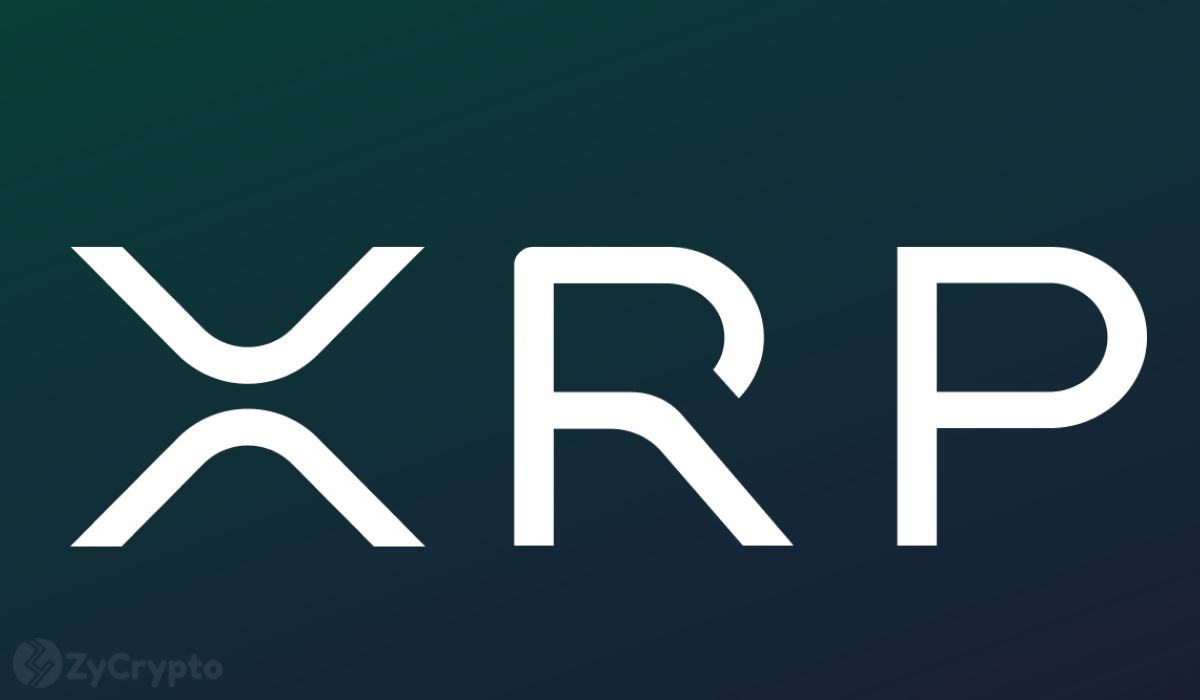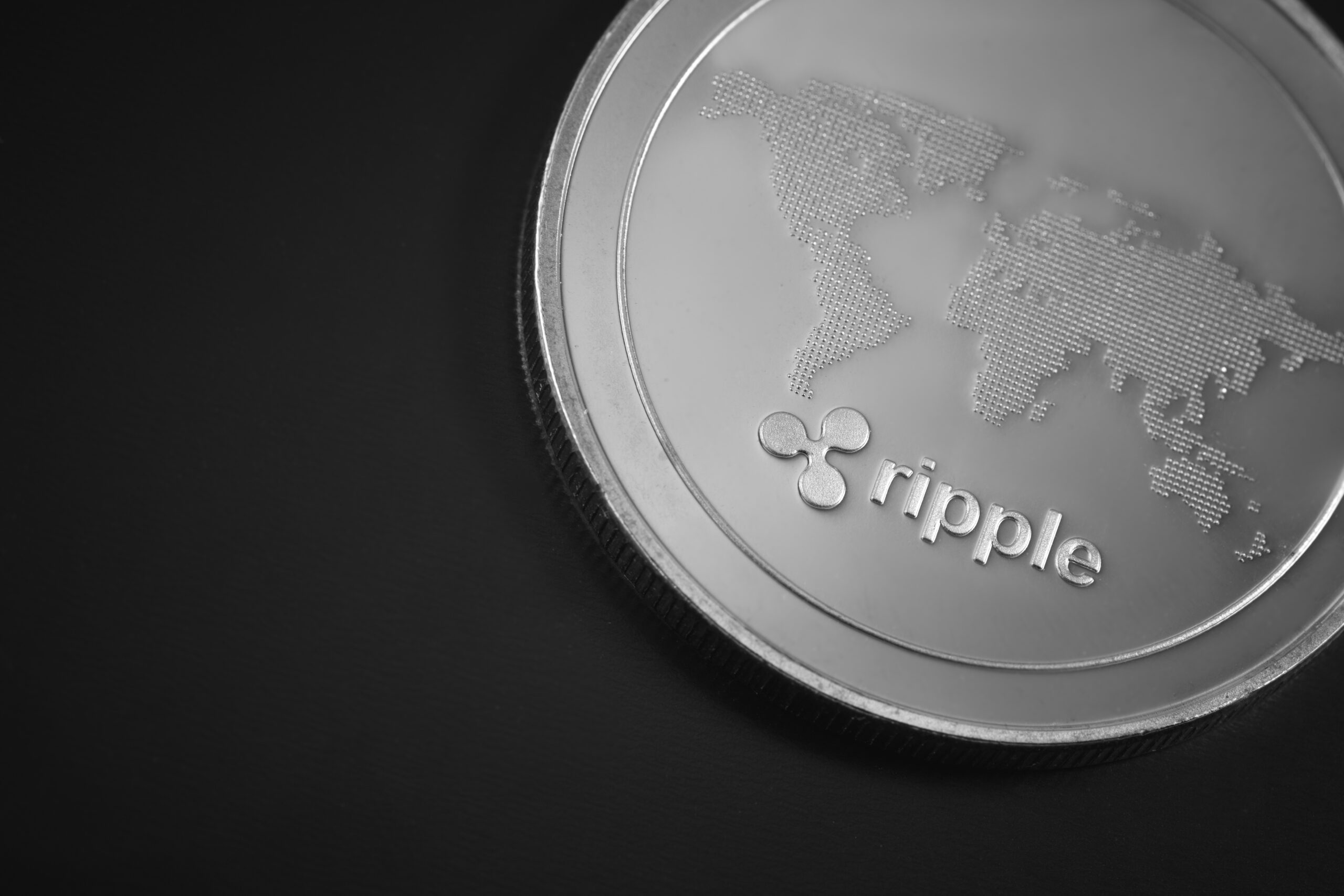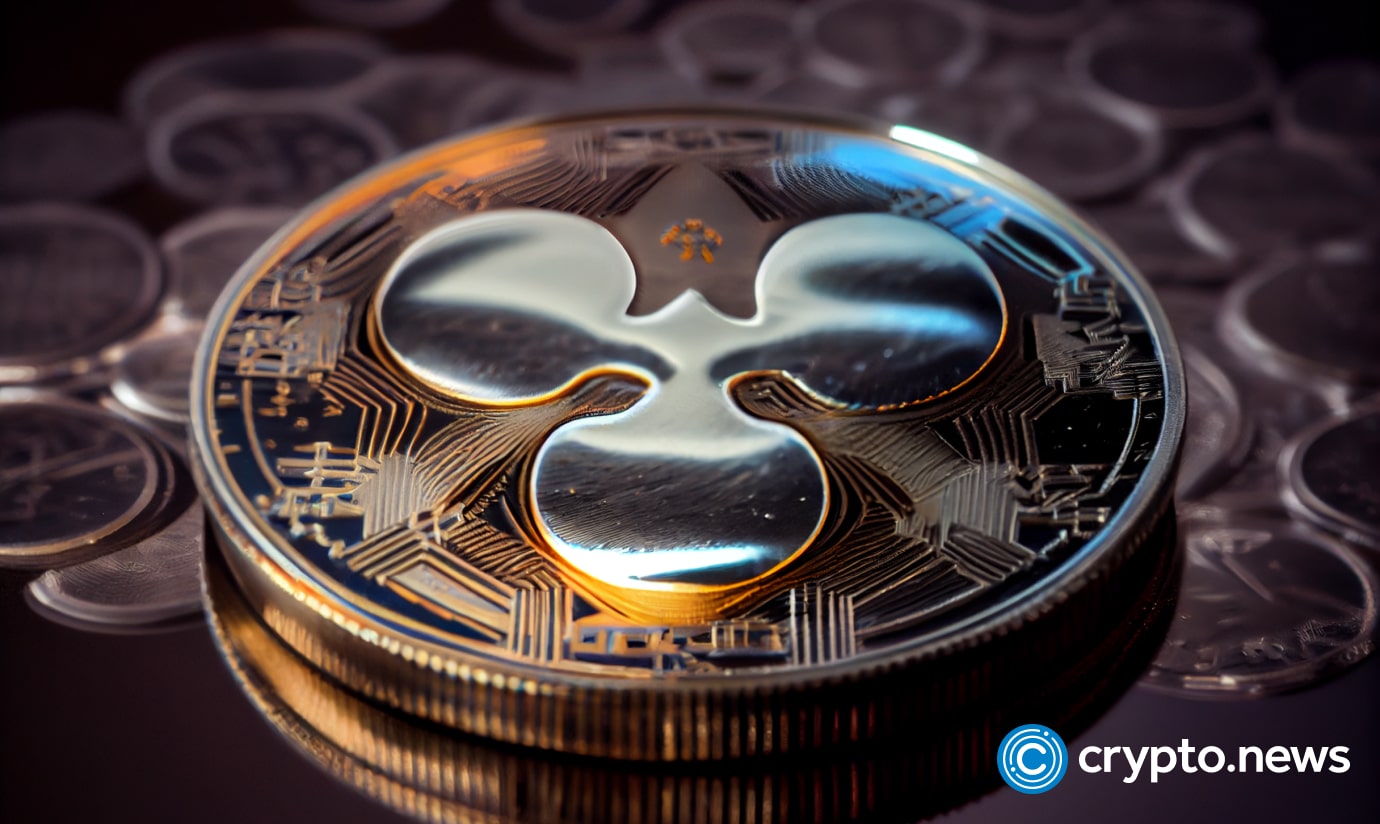2018-12-11 01:49 |
Ripple’s main mission this year was to coerce everyone to call their token XRP and not, as previously popularized, Ripple. This was chiefly a cautionary measure for the time when SEC comes knocking the Ripple door while deciding if XRP is a security or not.
The gist of the matter is, Ripple is scrubbing their website (unsuccessfully, thank your archive.org) of all previous statements where they make no distinction between Ripple and XRP and where they openly disclose that XRP is their creation and main revenue driver. The current narrative Ripple and their paid and unpaid bots on social networks are trying to peddle is that Ripple has nothing to do with XRP and that 60 billion of XRP tokens were gifted to them, completely unbidden by them.
But if it was that easy to avoid unfavorable SEC decision, how come nobody came up with that earlier? Just say that you didn’t create the security, someone else did it and gifted you 60% of it, just because. For a company with so many bright minds, it is pretty disappointing they couldn’t come up with something better.
Ripple trademarked XRPAccording to this website that tracks registered trademarks, XRP is a trademark currently owned by the Ripple Labs company. And the trademark registration was filed 5 years ago, in 2013 by OpenCoin and transferred to Ripple Labs later on. OpenCoin is a technology company that developed the protocol for the XRP Ledger. It was headed by Jed McCaleb and Chris Larsen and was later renamed to Ripple Labs in 2015.
As you might imagine, this raised a furore on crypto Twitter, where anti-Ripple camp openly wondered how can this be, while tagging their “nemesis” from the Ripple camp.
#ripple owns the #xrp trademark…"completely decentralized, xrp is totally separate from Ripple"
Also, xrp used to be called "Ripple credits". I wonder why they changed the name? https://t.co/nyplPmi9GS
— Devil's compiler (@devilscompiler) September 21, 2018
And trademarked.
— Bryce Weiner (@BryceWeiner) December 10, 2018
The discussion between Bryce Weiner, blockchain developer and Tiffany Hayden, allegedly unpaid Ripple defender (not sure what she does for living, never saw someone doing so much unpaid work out the goodness of their heart).
Her argument for the trademark was to grab the trademark before patent trolls or “wrongdoers” do it before them. Weiner pounced on this opportunity stating:
“This is a trademark, not a patent. Further, it seems the trademark was first established by OpenCoin and *moved* to Ripple, Inc. presumably so the trademark could continue to be enforced. But it’s also open source, so patent trolling isn’t a thing. Look at Linux, for instance.
In the instance of XRP, the trademark follows the tokens from the creator to Ripple. A direct and provable legal line of succession. In and of itself, nothing. However in context of a greater discussion as to the mechanics of how XRP came into being it’s pretty damning.”
And here comes the knock-out punch by Weiner:
“A cryptocurrency network cannot enter into legal agreements such as trademarks, patents, or contracts. Such things require a legal entity to interface with the government. A legal entity which then speaks for that network in legal matters is… … centralization.”
This is the ultimate proof of vertical connection between Ripple and XRP (founder and its product) which will severely hamper Ripple’s agenda untying XRP from themselves and preventing it from being classified as security by the regulators.
Weiner went on by saying “To keep a trademark active is to assume that legal ownership of the intellectual property of the network. The claim of being decentralized goes away, completely. Those who assert a trademark assert they have legal claim to it from the right of creation.”
Hayden tried to fight back:
“To keep a trademark active is to assume that legal ownership of the intellectual property of the network.” All I have to do is file a trademark and the network is mine? Sweet.”
But Weiner was just too good at this:
“Sure, if you control the circulating supply of tokens, marketing, advertising, and development. It’s a complete picture which is painted. Courts of public opinion and social media posturing notwithstanding.”
The final punch was another failed attempt of the Ripple defender where she claimed how it is impossible to buy XRP directly from Ripple and how nobody could ever do it. But Weiner was ready for this one as well, as he said that Roger Ver actually did it in 2013. And then he left her 2 options to choose from, both of which make XRP a security:
“If Roger was awarded tokens as a function of his being a shareholder, that makes XRP a security. If Roger bought XRP from Ripple independent of that relationship, that makes XRP a security as Ripple controls supply. Not a good argument you’re making here.”
If Ripple plans to step out in front of the SEC with such a weak case like this “not working for Ripple” Twitter persona, they can say goodbye to their second spot in the crypto rankings once the hyper-sensitive crypto crowd starts panic sell off.
The post Ripple paradox: For a company claiming to be a separate entity to XRP, Ripple is awfully contradictory appeared first on CaptainAltcoin.
Similar to Notcoin - Blum - Airdrops In 2024
Ripple (XRP) на Currencies.ru
|
|















